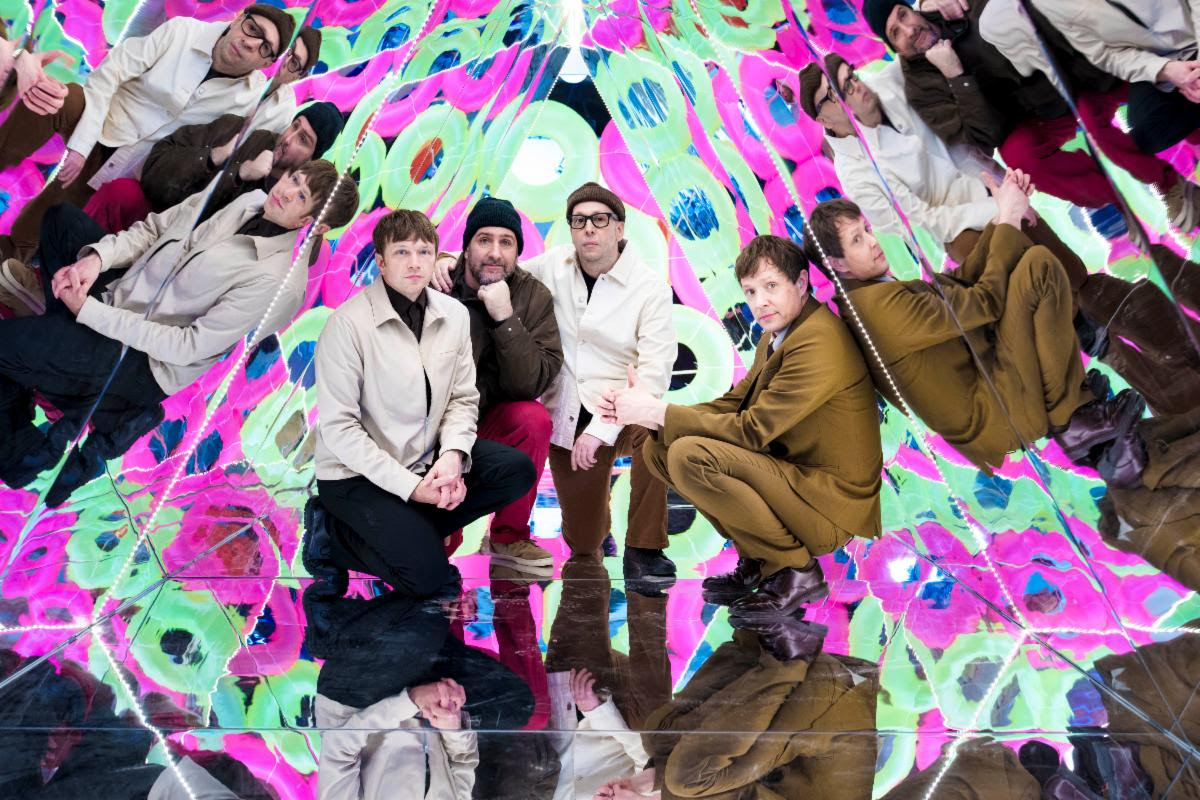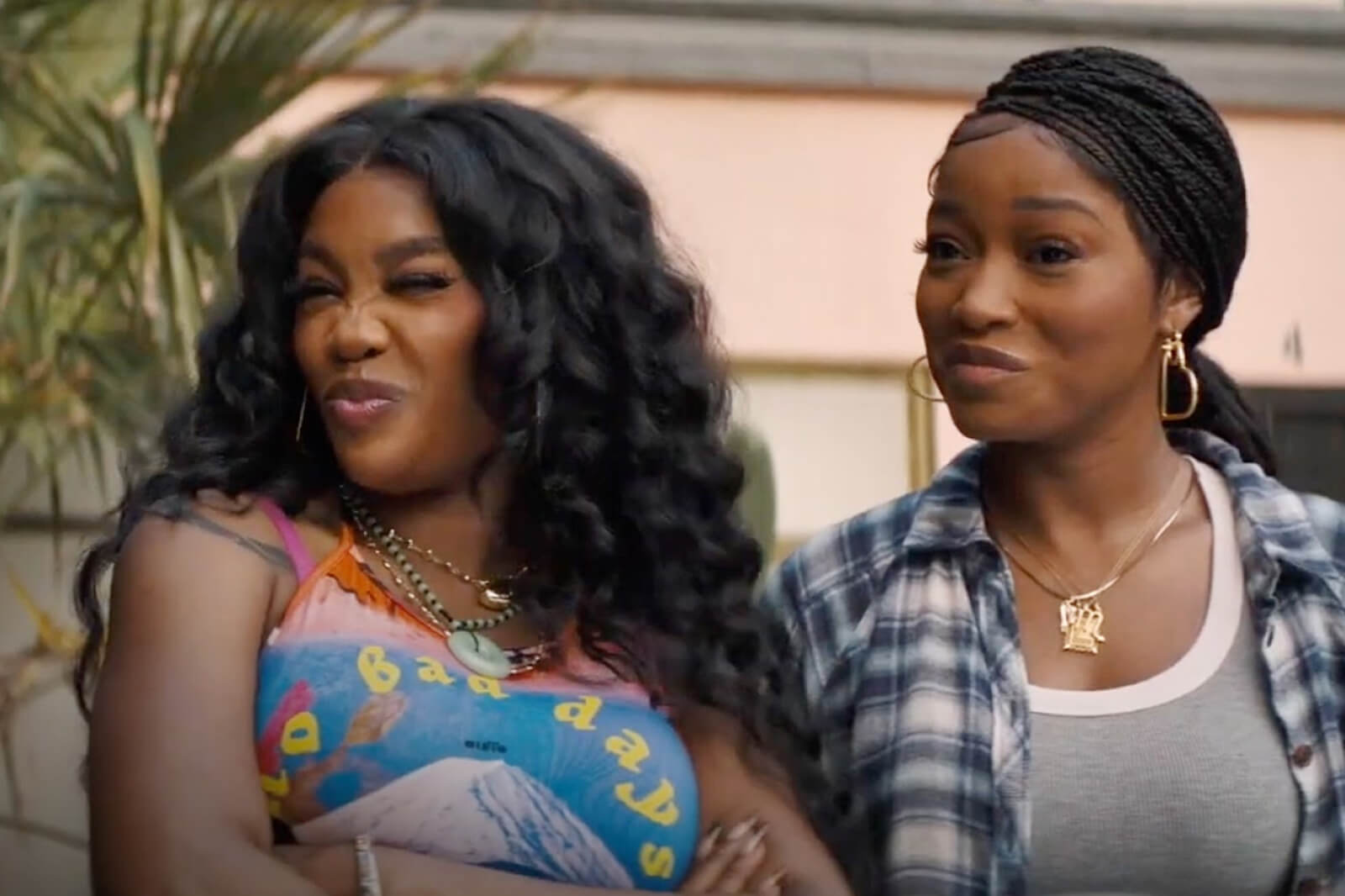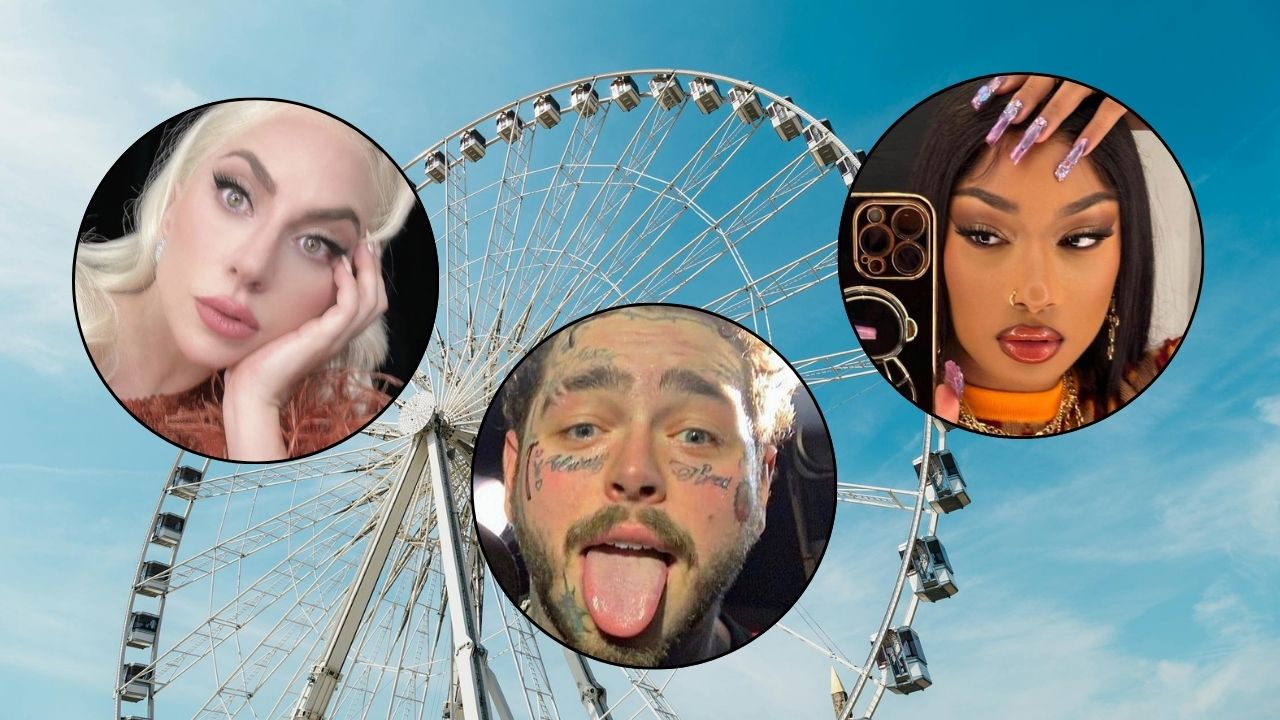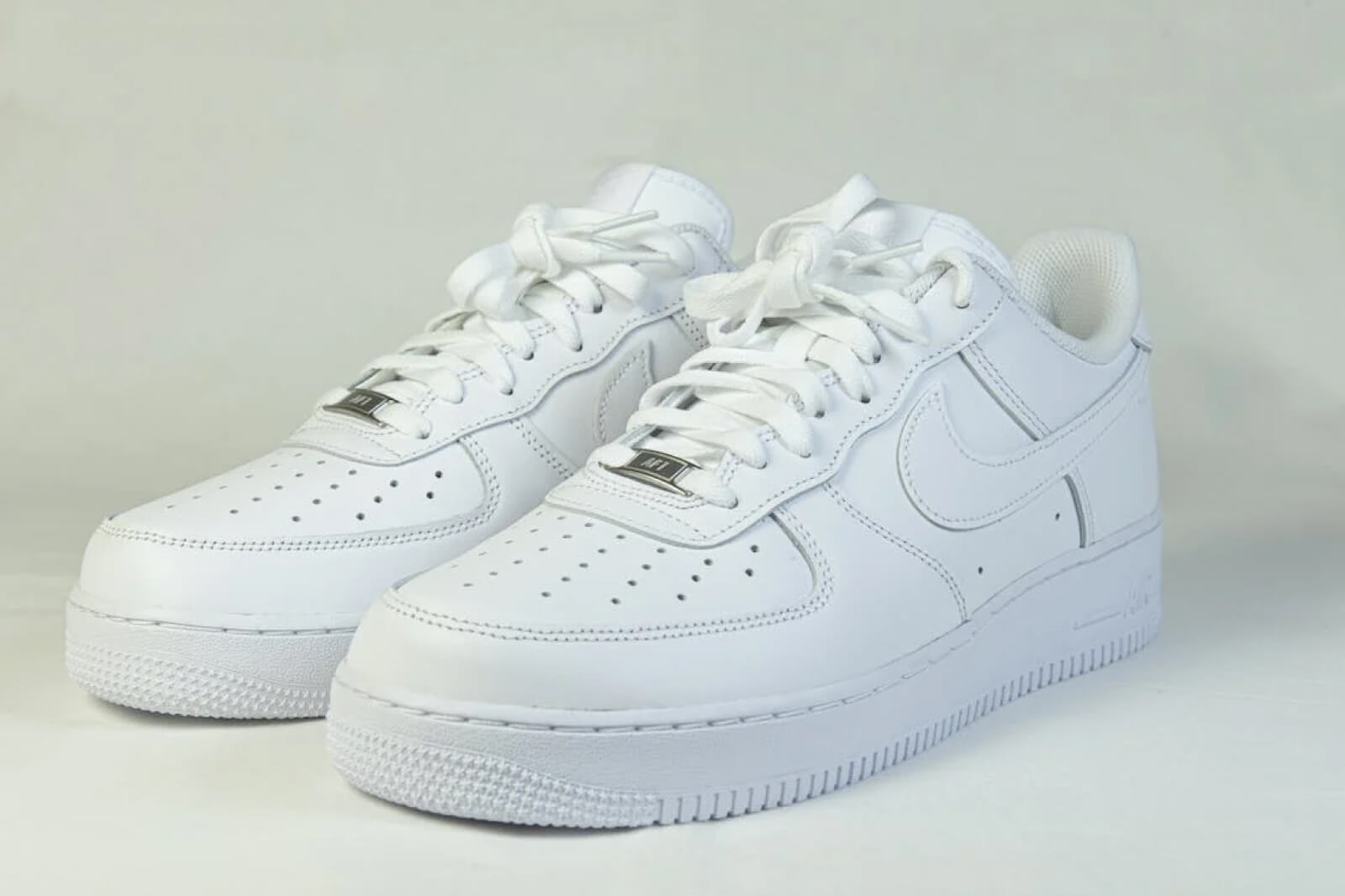
Photo by Senad Palic on Unsplash
Yesterday, World Wrestling Entertainment announced that its current heavyweight champion Drew McIntyre tested positive for COVID-19.
McIntyre was scheduled to face Randy Orton on last night’s episode of WWE Raw. He is currently in quarantine, which means he most likely won’t appear in person on WWE programming until his showdown with Bill Goldberg at the Royal Rumble on January 31.
Professional wrestling, like other entertainment industries, has encountered server changes since the pandemic. One significantly noticeable change is the absence of the live crowd. Fans are an integral part of the sport. Their cheers and jeers create the frenzied environment that the performers feed off of.
When the United States was placed under a stay at home order back in March, WWE and its direct competitor All Elite Wrestling had to cancel their live events. However, both companies still had to produce a weekly program for their respective networks, despite not having fans in attendance.
WWE started to run its weekly television shows, Raw and SmackDown, out of its Performance Center in Orlando, FL. At first, the only people in the makeshift arena were the competitors, production crew, and announcers. Safety protocols were stringent because social distancing is impossible in professional wrestling.
Not only did COVID force WWE to adjust its television format, it almost canceled the company’s biggest event of the year: Wrestlemania. Wrestlemania was supposed to take place live at Raymond James Stadium in Tampa, FL. Instead, it was pre-recorded at the Performance Center and split into a two-night event hosted by Tampa Bay Buccaneers Rob Gronkowski. WWE produced an entertaining show, but the missing crowd was hard to ignore.
However, current WWE Universal Champion, Roman Reigns, decided to skip Wrestlemania. Reigns has leukemia, which is currently in remission, making him immunocompromised. His wife was also pregnant with twins at the time and didn’t want to risk their safety. Reigns returned to WWE at Summerslam in August.
Fortunately, AEW didn’t have to make as many adjustments as WWE. They were able to secure Daily’s Place in Jacksonville, FL, to tape their weekly show, AEW Dynamite. Dynamite tapings also consisted of only talent and crew. Eventually, the wrestlers became spectators of other performers to compensate for the lack of authentic fan energy.
WWE followed suit as they enlisted Performance Center trainees and stars from its NXT brand to replace its raucous crowd. This stopped after COVID cases in the company started to become more frequent. In August, WWE rolled out its virtual crowd experience known as WWE Thunderdome.
WWE Thunderdome allows viewers to watch TV and pay-per-view events from the comfort of their homes. The LED boards displaying fans’ real-time reactions and piped-in audience noises offer a somewhat normal WWE viewing experience in the world’s current state
AEW has taken a bigger risk. The company has allowed fans to attend Dynamite tapings at Daily’s Place with strict COVID guidelines. The amphitheater seats 500 to 750 people, but only 10 percent of its occupancy is open for fans to attend. Having a live crowd, even if it’s a small portion, has reinvigorated the performers. The wrestlers wrestle with a heightened sense of urgency with an active audience present.
Each organization used the other as a gauge for reintroducing a live audience at shows.
Despite all precautions, Drew McIntyre isn’t the only wrestler who has contracted COVID. Back in June, WWE had upwards of 30 positive cases. WWE legend Dwayne “The Rock” Johnson revealed in September that he and his family were infected. AEW star and Executive Vice President Nick Jackson stated he felt the effects of COVID after recovering from his battle in September.
Despite being an industry that thrives on fan interaction, pro wrestling has managed to steer the course. Wrestlers often talk about how the roar of a live crowd is indescribable and how challenging it has been to work without it. In an interview with CBS Sports, Triple H stated ” “Everything we’re taught to do is in reaction to where fans are going and being reactive to that. There’s nothing there now to guide you and react to. It’s really tough.”
The upside to this unconventional period is that it allows freedom for performers and promotions to be more experimental. The lack of scrutiny from a vocal audience allows for storylines and characters to develop like the new WWE stable, RETRIBUTION.
Hopefully, by 2022 fans will be able to chant “You Suck!” in a packed arena instead of screaming it at the TV and startling their pets.
- 6 of The Undertaker’s Greatest Opponents – Popdust ›
- INTERVIEW: AEW’s Austin Gunn Is a “Son of A Gunn” – Popdust ›
- Brodie Lee and 7 Other Tragic Deaths in Professional Wrestling … ›
- The Greatest Stables in Professional Wrestling History – Popdust ›
- 10 Potential Royal Rumble 2021 Winners – Popdust ›
- Rappers Who Would Be Great WWE Superstars – Popdust ›
- 9 Memorable Celebrity Moments in Pro Wrestling – Popdust ›
- Randy Orton’s Next Opponent is….Soulja Boy? – Popdust ›
- Celebrities We Didn’t Need to See in a Wrestling Ring – Popdust ›













